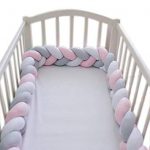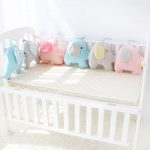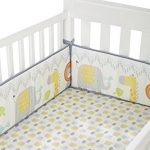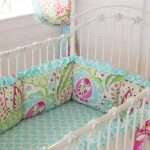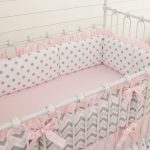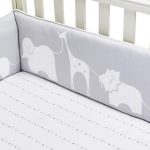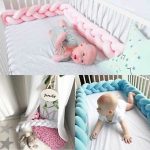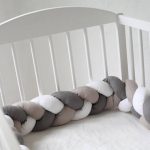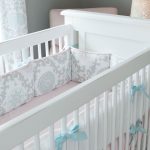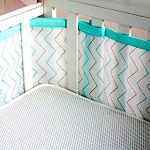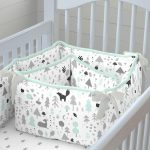Crib bumpers, the padded liners that line the inside edges of a baby’s crib, have been a staple in nurseries for decades. They are intended to prevent babies from bumping their heads or getting their limbs stuck between the slats of the crib. However, in recent years, crib bumpers have come under scrutiny for their potential safety risks.
The controversy surrounding crib bumpers stems from concerns about the risks of suffocation, strangulation, and entrapment. According to the American Academy of Pediatrics (AAP), crib bumpers pose a significant risk to infants, as they can obstruct a baby’s airway and cause suffocation. The AAP recommends that parents remove all soft bedding, including crib bumpers, from their baby’s sleep environment to reduce the risk of Sudden Infant Death Syndrome (SIDS).
In response to these concerns, several states have banned the sale of crib bumpers, and the Consumer Product Safety Commission (CPSC) has issued warnings about the potential dangers of using them. Despite these warnings, many parents still choose to use crib bumpers, citing concerns about their baby’s safety and comfort.
Proponents of crib bumpers argue that they can provide additional padding and support for babies while they sleep. They believe that crib bumpers can protect infants from bumping their heads on the hard sides of the crib or getting their limbs caught between the slats. Additionally, some parents feel that crib bumpers can enhance the aesthetic appeal of the nursery and create a more cozy and inviting sleep environment for their baby.
However, studies have shown that crib bumpers are not necessary for infant safety, and in fact, can pose a significant risk. A study published in the Journal of Pediatrics found that from 2006 to 2012, there were over two dozen deaths attributed to crib bumpers, primarily due to suffocation and strangulation. The study concluded that crib bumpers should not be used in infant sleep environments.
Ultimately, the decision to use crib bumpers is a personal one that every parent must make based on their own beliefs and preferences. However, it is important for parents to be informed about the potential risks associated with crib bumpers and to take steps to create a safe sleep environment for their baby. This may include following the AAP’s safe sleep guidelines, which recommend placing babies on their backs to sleep, using a firm mattress and fitted sheet, and avoiding soft bedding and crib bumpers.
In conclusion, the controversy surrounding crib bumpers highlights the importance of prioritizing infant safety over aesthetics or convenience. While some parents may still choose to use crib bumpers, it is crucial to weigh the potential risks and benefits and make informed decisions to ensure the safety and well-being of their baby.
 darbylanefurniture.com Interior design ideas with the latest interior inspiration
darbylanefurniture.com Interior design ideas with the latest interior inspiration

